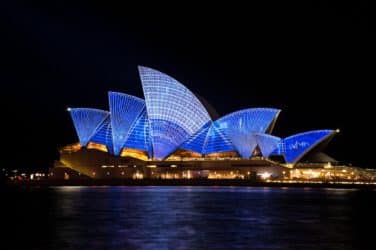
The Federation of European Securities Exchanges has warned that more onerous restrictions on periodic auctions could send volumes to less transparent execution venues, which would work against the regulatory aim of increasing transparency.
The European Securities and Markets Authority issued a call for evidence on periodic auctions in November last year as the regulator said there are concerns that frequent batch auctions may be used to circumvent the double volume caps.
In order to increase transparency and shift trading to lit venues, the MiFID II regulations introduced double volume caps on equity trading in dark pools of 4% of total volume on a single venue in the past 12 months and 8% combined across all EU dark pools. However large-in-scale trades above a specified size and trades in periodic auctions on lit venues are both exempt from the caps, so their volumes have increased and are expected to continue to rise. Periodic auctions are different from the traditional opening and closing auctions on exchanges as they can last for very short periods of time during the trading day and can be triggered by market participants, rather than the venue.
FESE, which represents 36 equities, bonds, derivatives and commodities exchanges, welcomed the review but said in its response that restrictions on periodic auctions could inadvertently cause trading to move to less transparent execution venues.
RESPONSE TO ESMA CALL FOR EVIDENCE ON PERIODIC AUCTIONS https://t.co/7hfLW9LwF8
— FESE (@FESEBrussels) January 14, 2019
“There is a significant risk that trading volumes would go to dark venues that are less transparent than frequent batch auctions and volumes could also move to bilateral trading in systematic internalisers that are subject to less transparency requirements,” added FESE. “This would lead to overall less transparency in European equity markets, which should be avoided.”
FESE continued that since MiFID II went live at the start of last year, volumes previously traded in the dark have only moved to lit venues to a limited extent. The largest shifts are moves to systematic internalisers, block or large-in scale-venues and periodic auctions, but the latter still only account for 2% of trading on European markets.
Tim Cave, analyst at consultancy Tabb Group, agreed in a report this month that periodic auctions accounted for approximately 2.1% of order book activity in December 2018.
The stakeholder tug of war in equity market structure spilled into the public domain this week with Concannon's FICC switch & creation of MEMX. In Europe, these tensions are playing out in real-time under #mifidii in 3 key areas https://t.co/tAoORR45Kl via @TabbFORUM
— Tim Cave (@_TimCave) January 9, 2019
“While the regulatory review into periodic auctions is welcome – the manner and speed at which it has been initiated reveals the influence (for better, or worse) that some groups have over European policymaking,” added Cave. “Some policy measures on periodic auctions can be expected, but it will be interesting to read the views of brokers and the buy side during the consultation process.”
Cave continued that Cboe Europe had the largest periodic auction, with daily notional of €754m ($858m) during December 2018, followed by Aquis with €60.3m.
Mark Hemsley, president of Cboe Europe, told Markets Media last month that volumes have grown in periodic auctions because trades have lower market impact. Cboe reported in its third quarter results that the European periodic auctions book maintained strong volume with average daily notional value reaching €1bn.

Mark Hemsley, Cboe Europe
“It is wrong to say that periodic auctions are being used to circumvent double volume caps,” he added. “They were used prior to the implementation of MiFID II because they have low market impact and are a desirable place to trade.”
Research from broker ITG also found that periodic auctions were only 3% of trading.
Duncan Higgins, head of electronic products at ITG Europe, told Markets Media last month: “Periodic auctions have been a really positive development as they are a better way of finding liquidity in smaller size. The performance of auctions has been excellent and we hope that the regulators will recognise this as part of their review and hold off making any changes until they can gather more data.”
Systematic Internalisers
Cave also noted that non-bank electronic liquidity providers have been increasing volumes since MiFID II went live and banned broker crossing networks. Electronic liquidity providers can register as systematic internalisers and provide liquidity to the buy side bilaterally, allowing them to trade without paying exchange fees.
“The growing use of the systematic internaliser regime has not gone unnoticed by exchange operators, which have pressured regulators to apply the tick size regime to SIs to create a more level playing field,” he added. “Some exchanges have also increased fees on the data that SIs are required to consume.”
Activity conducted through ELP SIs has increased from an average daily notional of €243m in January last year to €1.1bn in December, according to Tabb Group data.
“Expect these volumes to grow this year, as the buy side is getting more comfortable executing against ELP SIs, and the tensions between various stakeholders to increase as a result,” said Cave.






